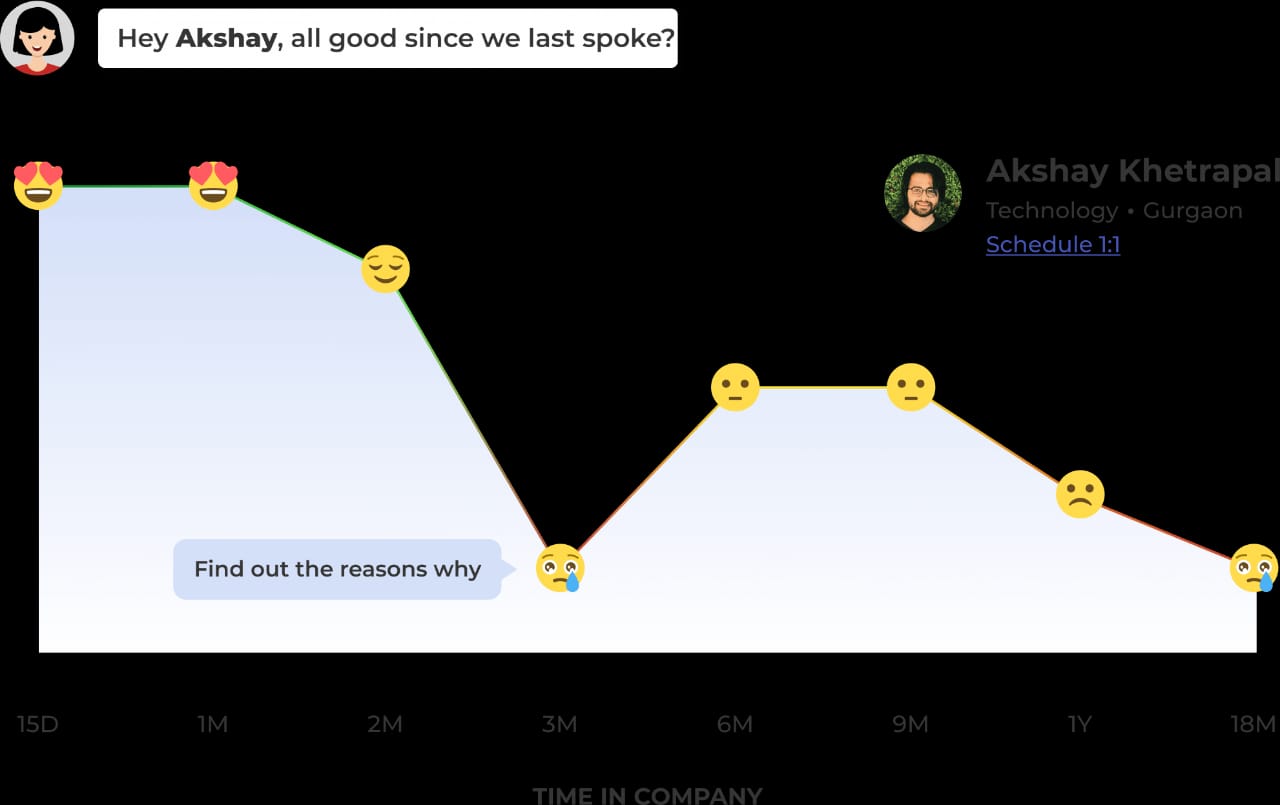News: Netflix’s latest experiment is a TikTok-like feed of funny videos
Netflix already borrowed the concept of short-form video “Stories” from social apps like Snapchat and Instagram for its Previews feature back in 2018. Now, the company is looking to the full-screen vertical video feed, popularized by TikTok, for further inspiration. With its latest experiment, Fast Laughs, Netflix is offering a new feed of short-form comedy
Netflix already borrowed the concept of short-form video “Stories” from social apps like Snapchat and Instagram for its Previews feature back in 2018. Now, the company is looking to the full-screen vertical video feed, popularized by TikTok, for further inspiration. With its latest experiment, Fast Laughs, Netflix is offering a new feed of short-form comedy clips drawn from its full catalog.
The feed includes clips from both originals and licensed programming, Netflix says. It also includes video clips from the existing Netflix social channel, “Netflix Is A Joke,” which today runs clips, longer videos and other social content across YouTube, Twitter, Facebook and Instagram.
Fast Laughs resembles TikTok in the sense that it’s swiped through vertically, offers full-screen videos and places its engagement buttons on the right side. But it’s not trying to become a place to waste time while being entertained.
Like many of Netflix’s experiments, the goal with the Fast Laughs feed is to help users discover something new to watch.
Instead of liking and commenting on videos, as you would in a social video app, the feed is designed to encourage users to add shows to their Netflix watch list for later viewing. In this sense, it’s serving a similar purpose to Netflix’s “Previews” feature, which helps users discover shows by watching clips and trailers from popular and newly released programming.
As users scroll through the new Fast Laughs feed, they’ll encounter a wide range of comedy clips — like a clip from a Kevin Hart stand-up special or a funny bit from “The Office,” for example. The clips will also range in length anywhere from 15 to 45 seconds.
In addition to adding clips to Netflix’s “My List” feature, users can also react to clips with a laughing emoji button, share the clip with friends across social media, or tap a “More” button to see other titles related to the clip you’re viewing.
Here’s the full intro explaining this new Netflix feature… pic.twitter.com/T7OriLUHd8
— Matt Navarra (@MattNavarra) November 12, 2020
The feature was first spotted by social media consultant Matt Navarra, based in the U.K. In his app, Fast Laughs appeared in front of the row of Previews, where it was introduced with text that said “New!”
Netflix confirmed to TechCrunch the experiment had been tested with a small number of users earlier this year, but has recently started rolling out to a wider group this month — including users in the U.K., the U.S. and other select markets.
It’s currently available to a subset of Netflix users with adult profiles or other profiles without parental controls on iOS devices only. However, users don’t need to be opted in to experiments nor do they need to be on a beta version of the Netflix app to see the feature. It’s more of a standard A/B test, Netflix says.
And because it’s a test, users may see slightly different versions of the same feature. The product may also evolve over time, in response to user feedback.
Netflix is hardly the first to “borrow” the TikTok format for its own app. Social media platforms, like Instagram and Snapchat, have also launched their own TikTok rivals in recent months.
But Netflix isn’t a direct competitor with TikTok — except to the extent that any mobile app competes for users’ time and attention, as there are only so many hours in a day.
Instead, the new feed is more of an acknowledgment that the TikTok format of a full-screen vertical video feed with quick engagement buttons on the side is becoming a default style of sorts for presenting entertaining content.
“We’re always looking for new ways to improve the Netflix experience,” a Netflix spokesperson said, confirming the experiment. “A lot of our members love comedy so we thought this would be an exciting new way to help them discover new shows and enjoy classic scenes. We experiment with these types of tests in different countries and for different periods of time — and only make them broadly available if people find them useful,” they added.


 Looks like, when apps are launched, Gatekeeper is unable to check their validity over the internet, due to overwhelmed Apple servers. So, uh, let’s all hang in there! You got this, Apple devops!
Looks like, when apps are launched, Gatekeeper is unable to check their validity over the internet, due to overwhelmed Apple servers. So, uh, let’s all hang in there! You got this, Apple devops!


